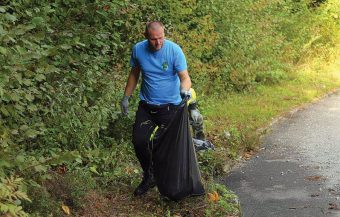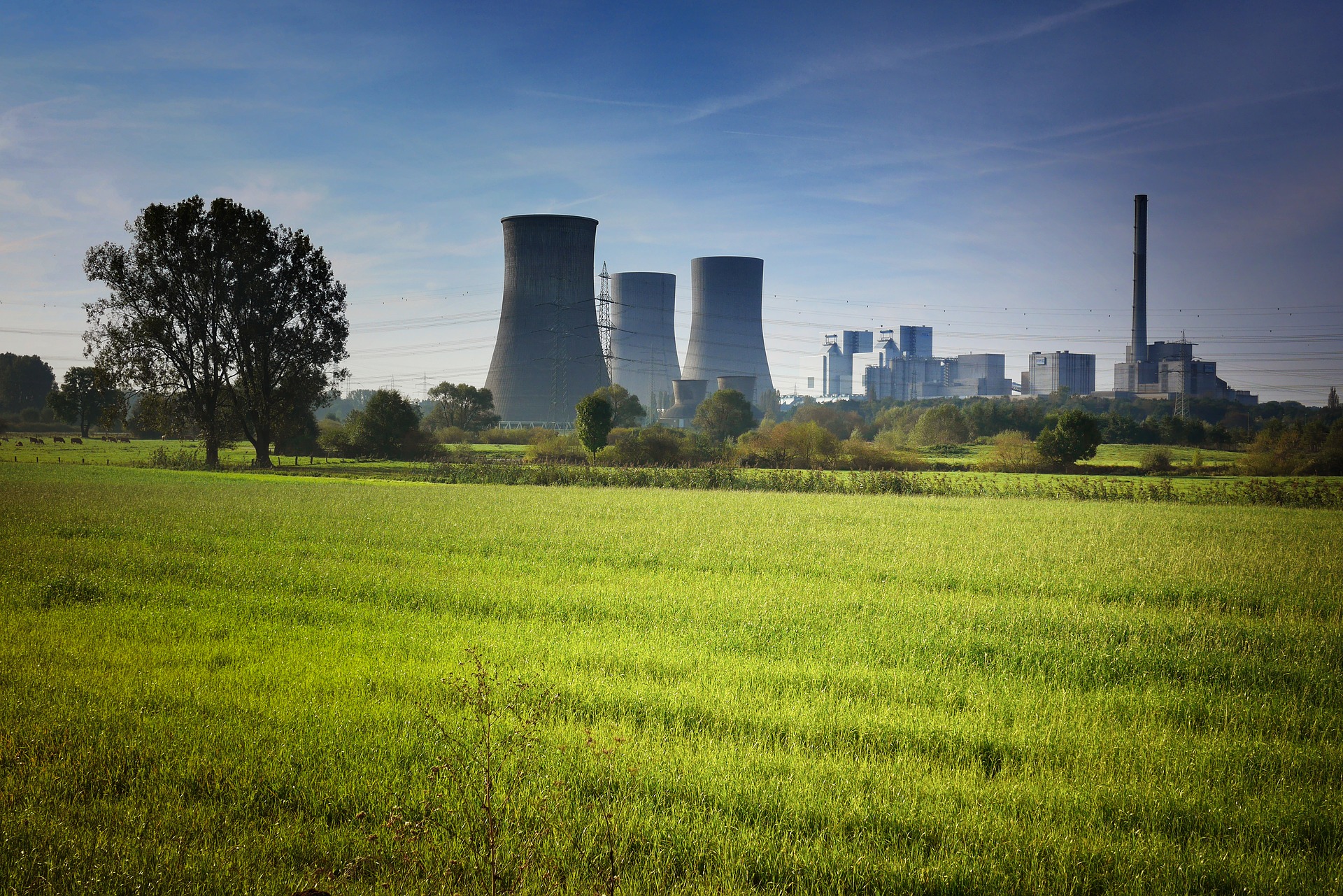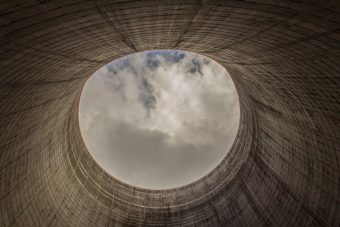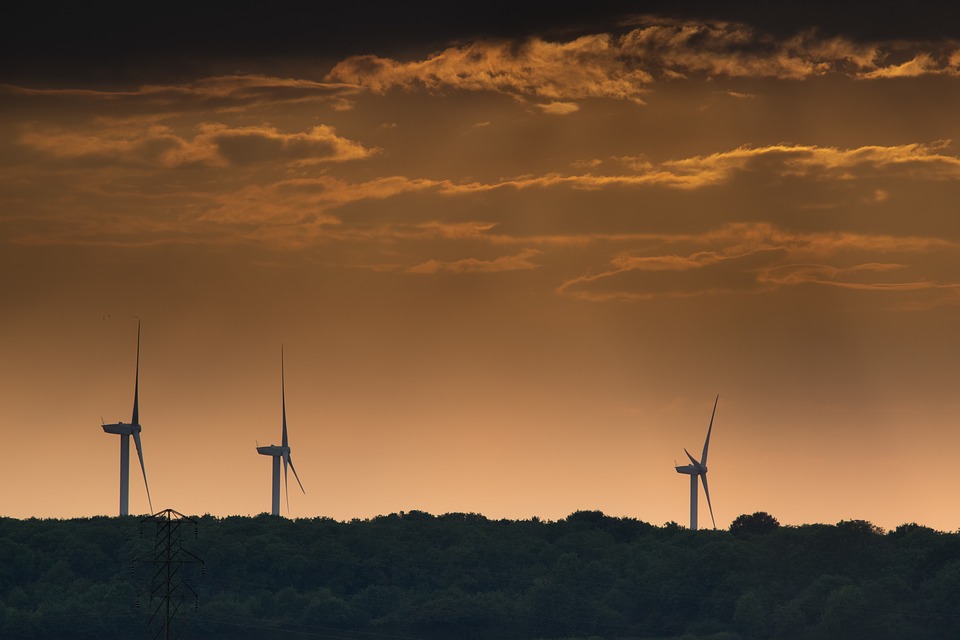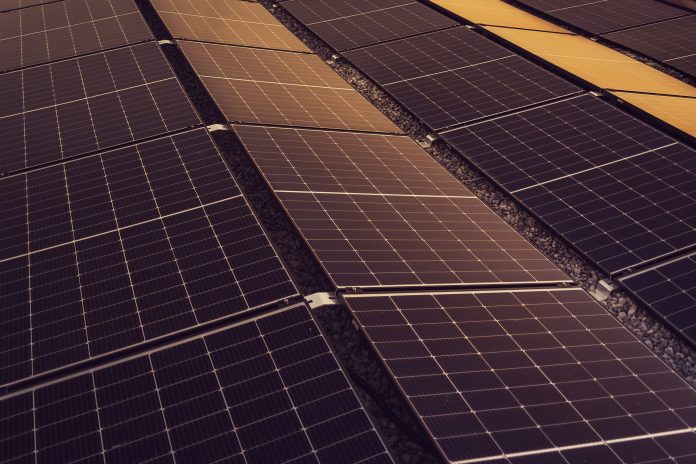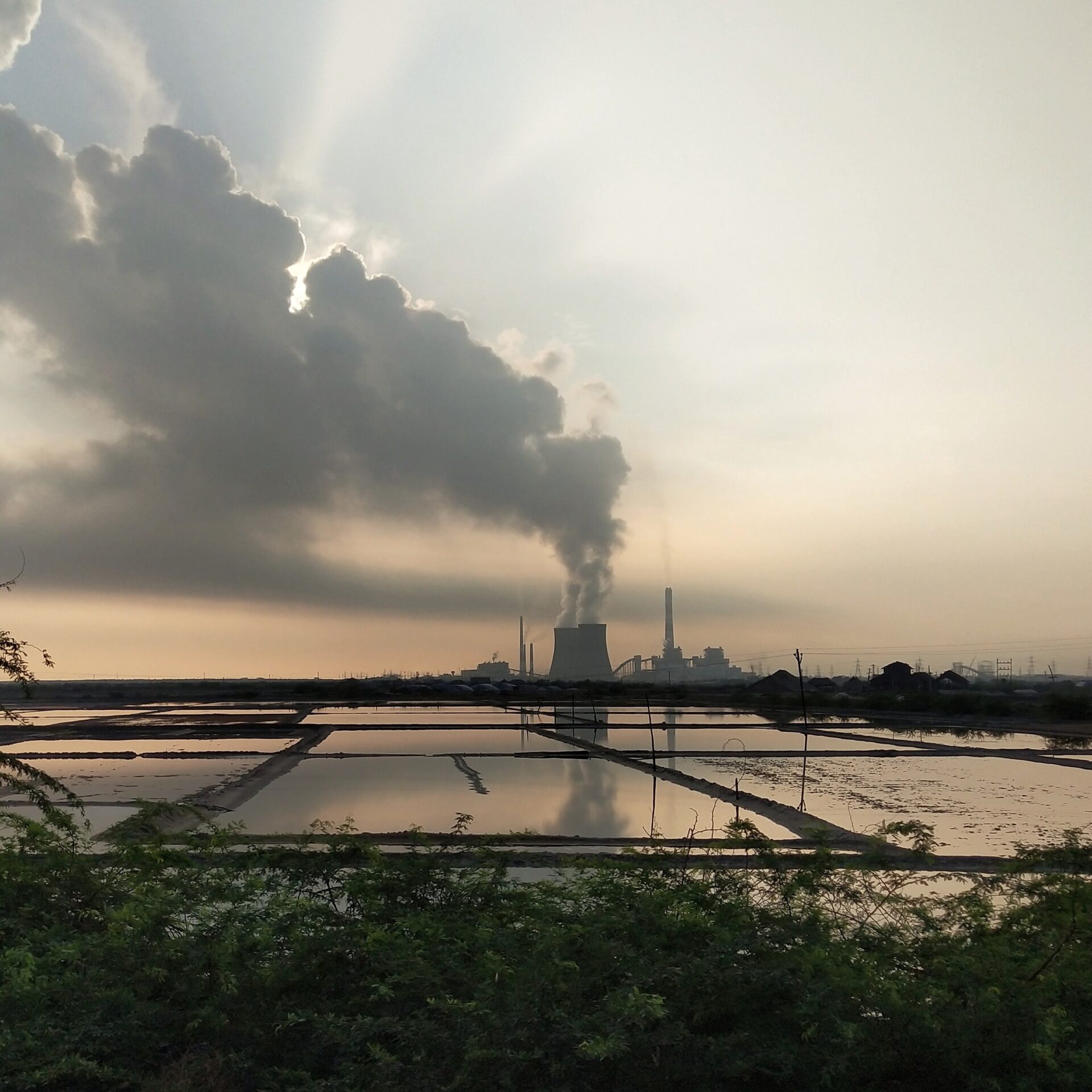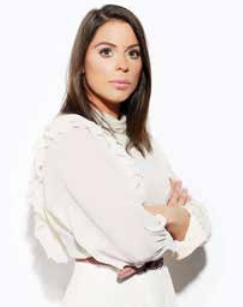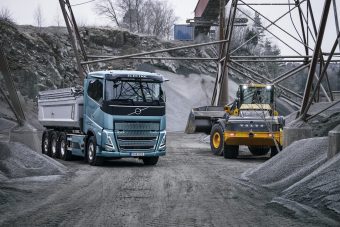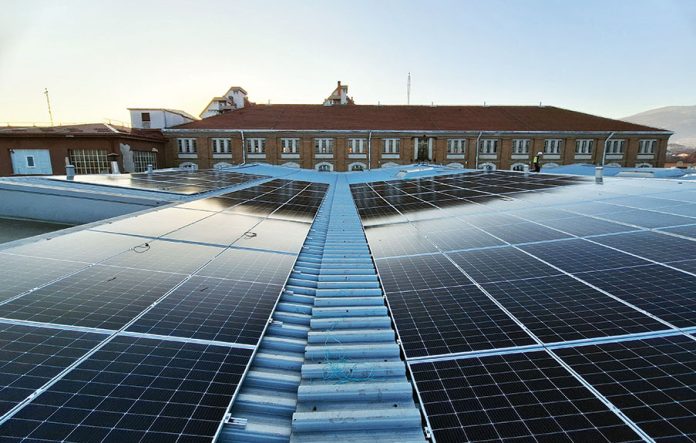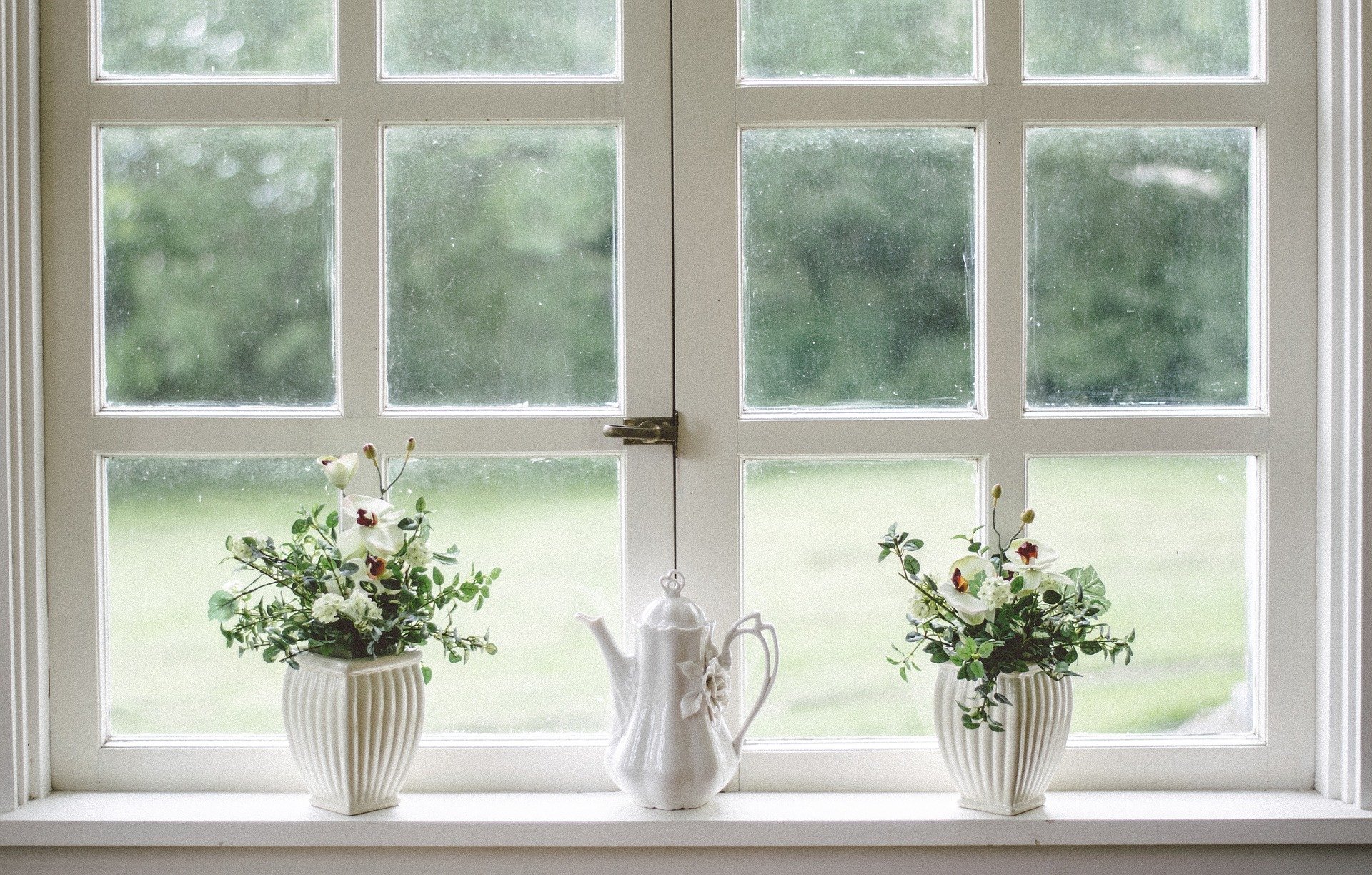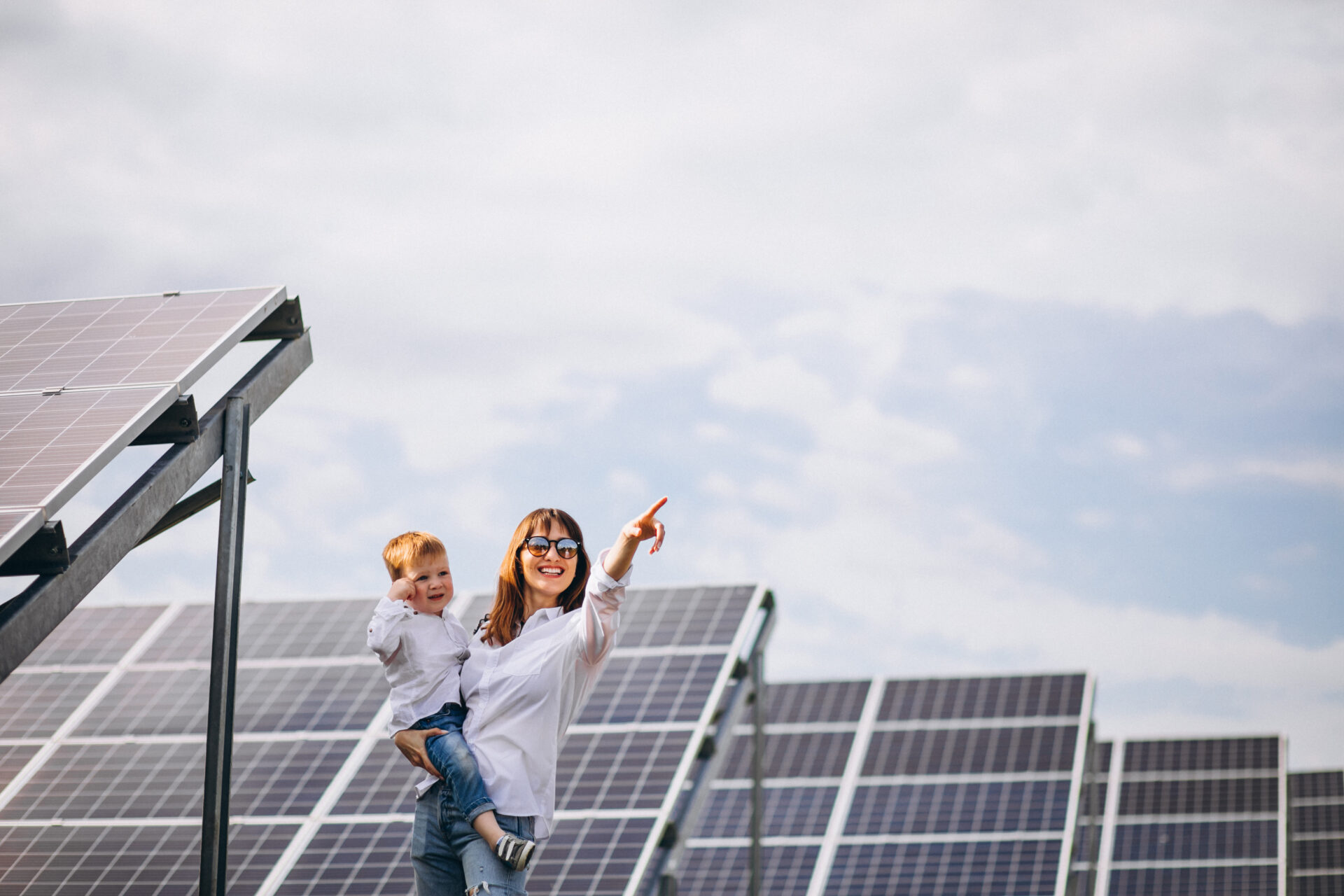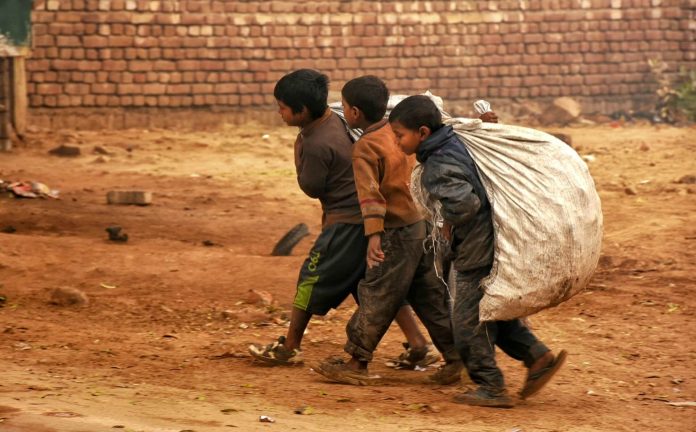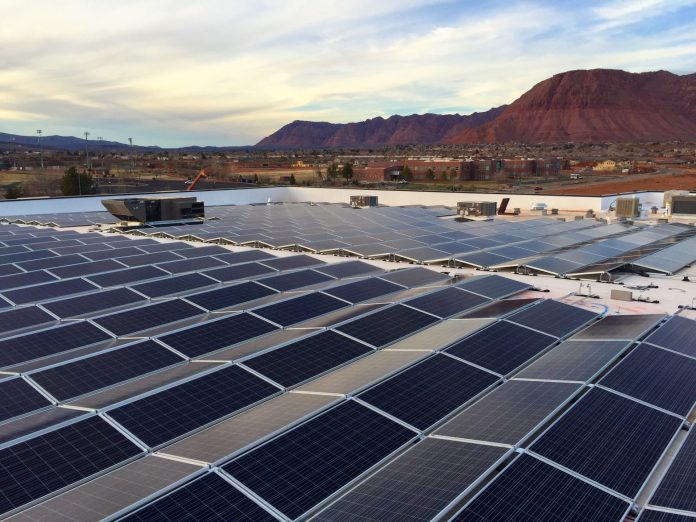The Minister of Mining and Energy of the Government of the Republic of Serbia, Dubravka Đedović Handanović, announced that the U.S. sanctions on Naftna Industrija Srbije (NIS) have been postponed for 30 days.
Đedović Handanović stated that the Serbian side received information last night from the Office of Foreign Assets Control (OFAC) of the U.S. Department of the Treasury confirming that the request for a postponement of sanctions had been approved.
The minister clarified that this postponement does not apply to U.S. citizens or the American financial system, warning that anyone holding, for example, a U.S. passport would still be at risk of being placed on the OFAC sanctions list.
More:
- Energy Balance for 2025: Serbia Increases Solar and Wind Energy Production
- First Biennial Transparency Report on Climate Change Adopted
- Vujović: Subsidies for Electric Vehicles to Continue in 2025
Furthermore, as reported on the Serbian government’s website, the United States has acknowledged the importance of NIS for the overall system, including healthcare, law enforcement, and the general functioning of both Serbia and the region.
However, the minister emphasized that this does not mark the end of the issue.
She expressed hope that a sustainable resolution to the conflict in Ukraine would be found, which could further influence political agreements involving the economy and sanctions against the Russian Federation.
Energy portal





